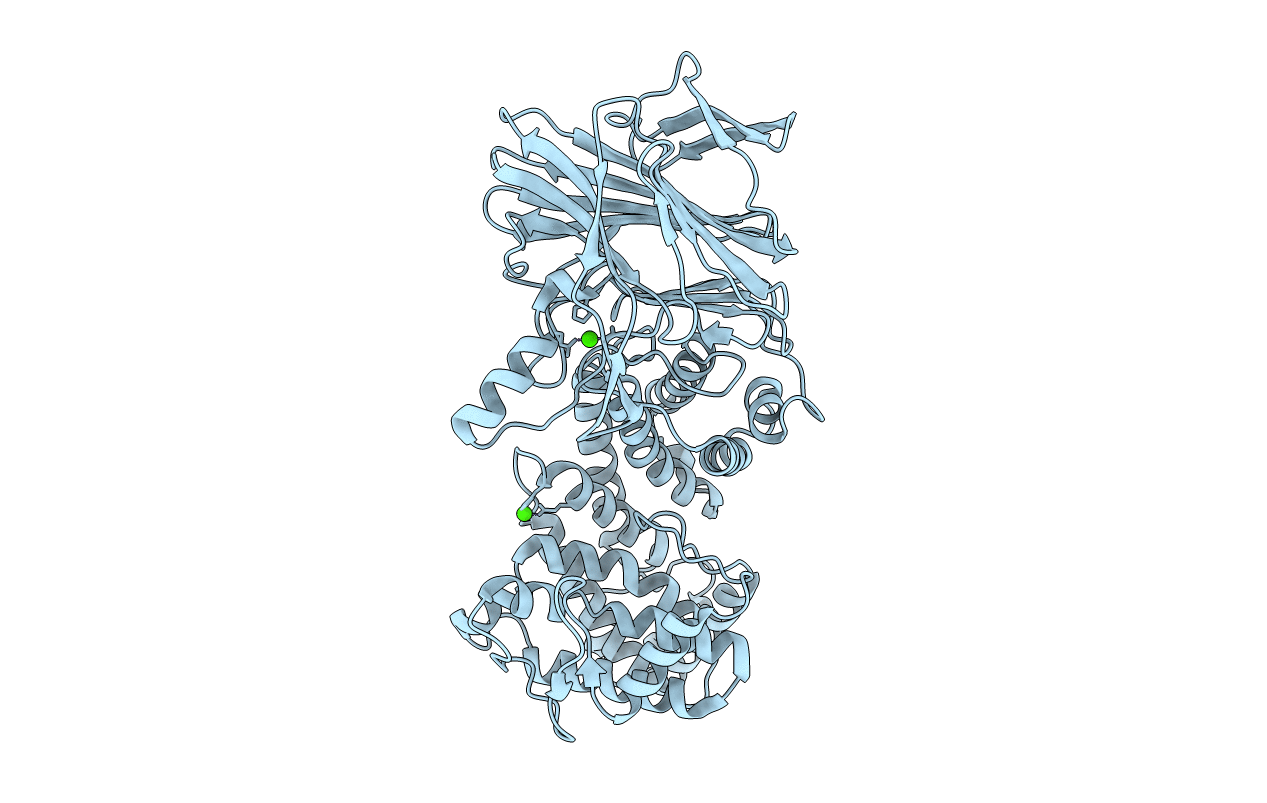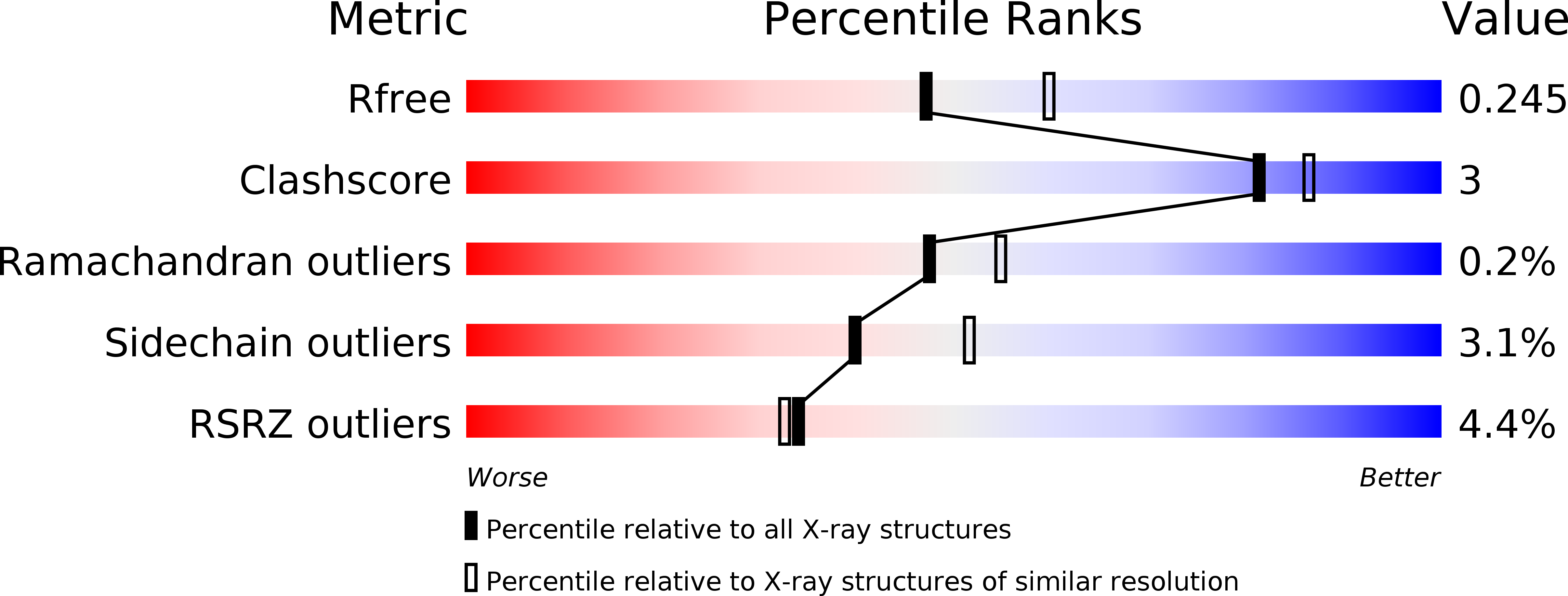
Deposition Date
2013-09-09
Release Date
2014-01-29
Last Version Date
2024-03-20
Entry Detail
PDB ID:
4MMH
Keywords:
Title:
Crystal structure of heparan sulfate lyase HepC from Pedobacter heparinus
Biological Source:
Source Organism:
Pedobacter heparinus (Taxon ID: 984)
Host Organism:
Method Details:
Experimental Method:
Resolution:
2.20 Å
R-Value Free:
0.24
R-Value Work:
0.19
R-Value Observed:
0.19
Space Group:
P 21 21 21


